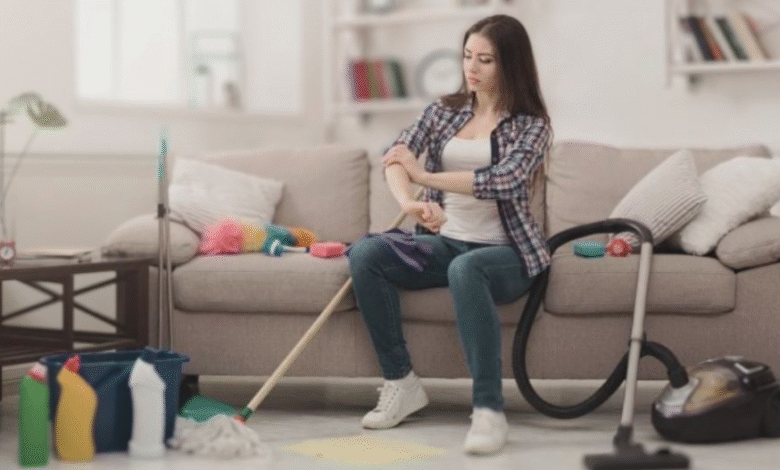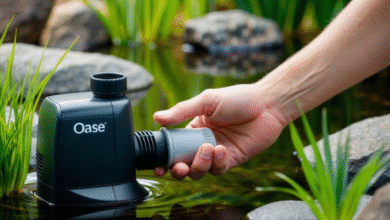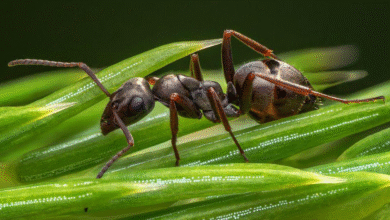How to Disinfect Your Home After a Bedbug Infestation

Bedbugs are tiny, blood-sucking pests that can turn your home into a nightmare. Once they infest your living space, getting rid of them requires thorough cleaning, disinfection, and preventive measures. Even after extermination, bedbug eggs and hidden survivors can lead to a re-infestation if not properly addressed.
This guide will walk you through the essential steps to disinfect your home after a bedbug infestation, ensuring these pests are completely eliminated and don’t return.
1. Understanding Bedbugs and Their Hiding Spots
Before disinfecting, it’s important to know where bedbugs hide. These pests are experts at staying out of sight, often lurking in:
- Mattresses, box springs, and bed frames
- Cracks in furniture, walls, and floors
- Behind wallpaper and electrical outlets
- Inside curtains, carpets, and upholstery
- Luggage, clothing, and personal belongings
Since bedbugs can survive for months without feeding, simply killing visible bugs isn’t enough—you must disinfect and treat all possible hiding spots.
2. Step-by-Step Guide to Disinfecting Your Home
Step 1: Remove Clutter and Wash All Fabrics
Bedbugs thrive in clutter, so start by decluttering your home.
- Wash all bedding, curtains, and clothing in hot water (at least 60°C or 140°F) and dry them on the highest heat setting for at least 30 minutes.
- Seal non-washable items in plastic bags and freeze them for at least four days to kill bedbugs.
- Vacuum carpets, rugs, and furniture thoroughly, then immediately dispose of the vacuum bag in a sealed trash bag outside.
Step 2: Deep Clean Your Mattress and Furniture
Since bedbugs often hide in mattresses and upholstered furniture, deep cleaning is crucial.
- Use a steam cleaner (at least 71°C or 160°F) on mattresses, couches, and other furniture. The heat will kill bedbugs and their eggs.
- Scrub with a stiff brush to dislodge eggs before vacuuming.
- Apply a bedbug-proof mattress encasement to trap any remaining bugs inside and prevent future infestations.
See also: Tech That Will Shape 2025 and Beyond
Step 3: Disinfect Hard Surfaces
While bedbugs don’t spread diseases, disinfecting surfaces helps eliminate any bacteria they may carry.
- Wipe down floors, walls, and furniture with a disinfectant cleaner or a mixture of hot water and vinegar.
- Pay special attention to cracks and crevices where bedbugs may hide.
- Use a disinfectant spray on baseboards, electrical outlets, and other hard-to-reach areas.
Step 4: Treat the Entire House with Insecticides (If Necessary)
For severe infestations, professional-grade insecticides may be needed.
- Choose EPA-approved bedbug control ( væggelus bekæmpelse ) and follow instructions carefully.
- Focus on cracks, bed frames, and furniture joints where bedbugs hide.
- Consider hiring a professional exterminator for complete eradication.
Step 5: Prevent Future Infestations
After disinfecting, take preventive measures to keep bedbugs from returning.
- Inspect second-hand furniture before bringing it inside.
- Use bedbug interceptors under bed legs to trap crawling bugs.
- Regularly vacuum and declutter to reduce hiding spots.
- When traveling, check hotel rooms and wash luggage immediately upon returning home.
3. Natural Disinfection Methods
If you prefer chemical-free solutions, these natural methods can help:
- Diatomaceous Earth (DE): A fine powder that dehydrates and kills bedbugs. Sprinkle it in cracks and leave for a few days before vacuuming.
- Essential Oils: Tea tree, lavender, and peppermint oils have repellent properties. Mix with water and spray on infested areas.
- Baking Soda and Salt: A mixture can help dehydrate bedbugs when sprinkled in hiding spots.
4. When to Call a Professional Exterminator
If DIY methods fail or the infestation is severe, professional help is necessary. Exterminators use:
- Heat treatments (raising room temperatures to lethal levels for bedbugs). For more read https://vaeggelus-fri.dk/
- Fumigation for widespread infestations.
- Follow-up inspections to ensure complete eradication.
5. Common Mistakes to Avoid
- Ignoring small signs (like tiny blood spots or bites) can lead to bigger infestations.
- Using bug bombs/foggers often scatters bedbugs deeper into hiding instead of killing them.
- Not treating all infested areas allows surviving bugs to repopulate.
Conclusion
Disinfecting your home after a bedbug infestation requires patience and thoroughness. By washing, steaming, vacuuming, and treating all possible hiding spots, you can eliminate these pests and prevent their return. Regular inspections and preventive measures will keep your home bedbug-free in the long run.




